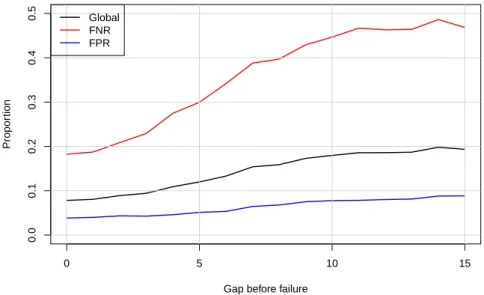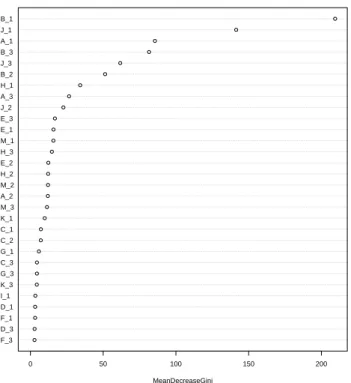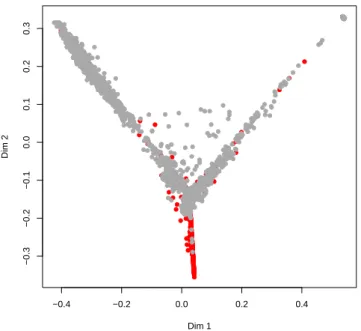Predictive maintenance from event logs using wavelet-based features: an industrial application
Texte intégral
Figure

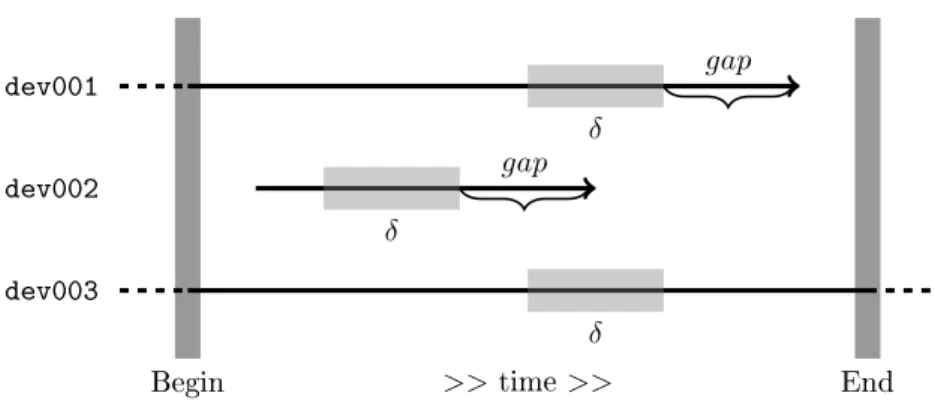
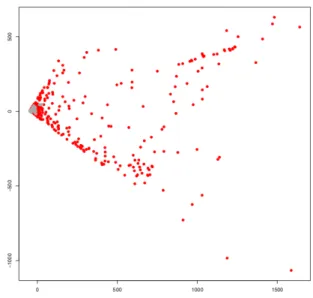
Documents relatifs
The research has proposed an ensemble based approach which has combined deep learning and shallow learning based methods, for the classification of flooding incident by using text
In this paper, we, team MUCS, present an approach using Linear SVC to identify pieces of text indicating events and then classifying those events as Manmade Disaster or Natural
Finally, on online random forests we perform incremental learning feature-by-feature (i.e.: first we train the random forest on the first feature, then we add the second feature
The analysis of students’ persistence shows that there are not statistically significant differences of persistence between students who drop out the course or not,
(1) stylometry methods which aim to capture an author’s writing style using different statistical features (e.g., functional words, POS, punctuation marks, and emoticons),
When constructing the dependency graph, we have selected only those dependencies whose composing nodes contains at least one class, which means that the
Abstract: This paper presents a machine learning based method to predict the forest structure parameters from L-band polarimetric and interferometric synthetic aperture radar
The feedback is quaternion-based and it is derived from the universal formula for event-triggered stabilization of general nonlinear systems affine in the control [18] but using
